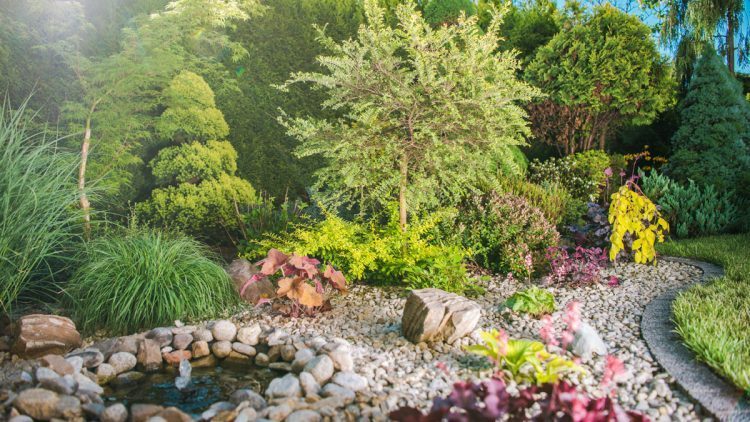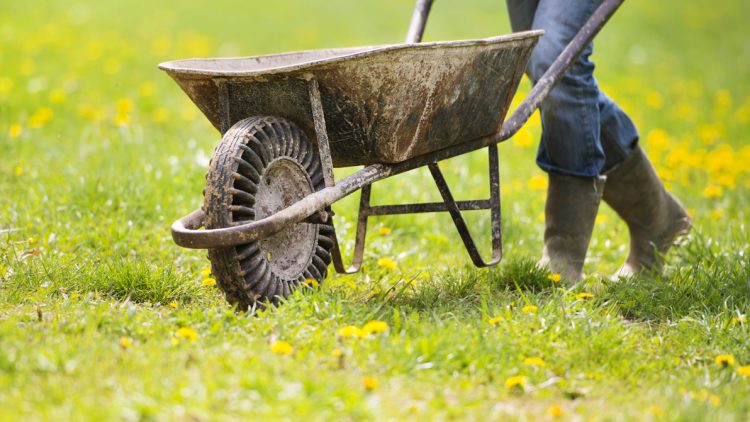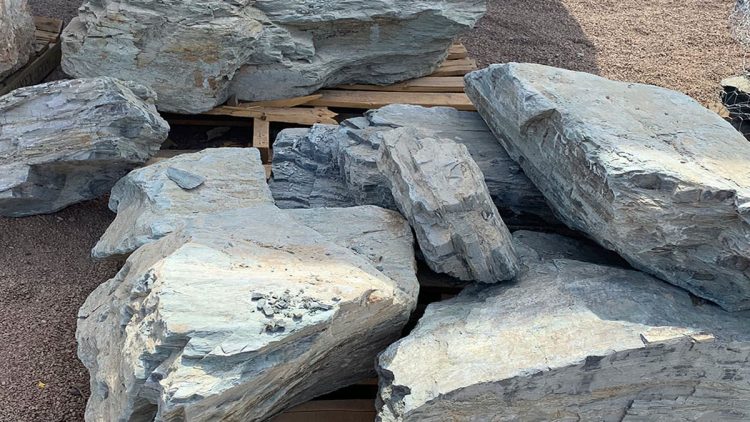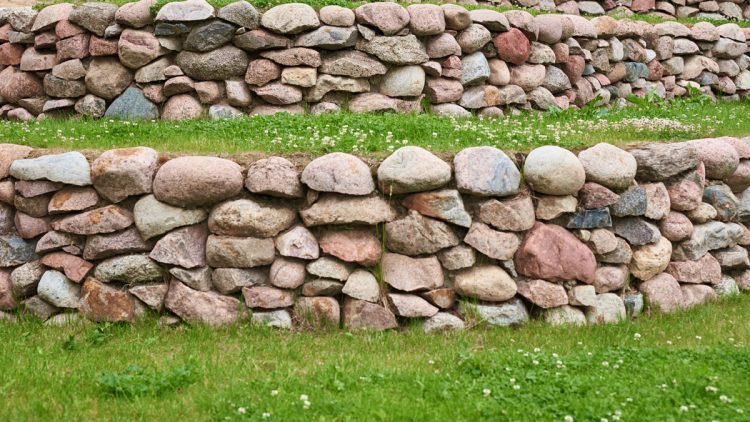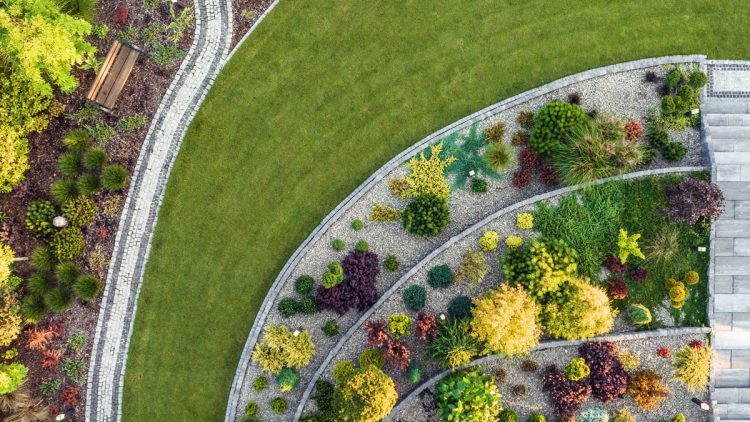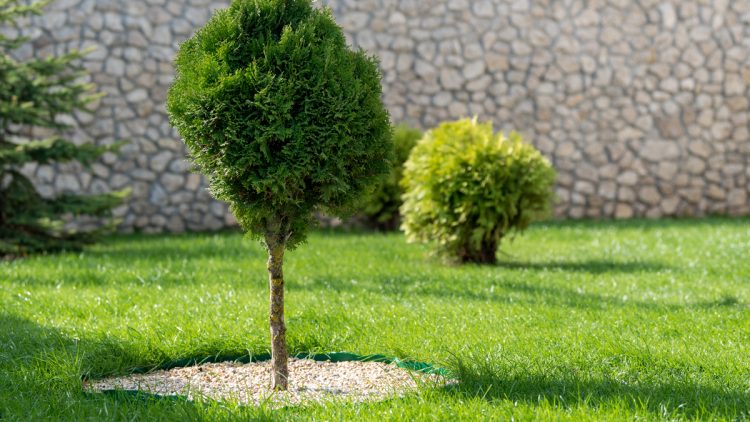What is Decorative Rock?
If you are new to the landscaping world, you may not be aware there’s a continual, endless argument since the dawn of landscaping time—decorative landscaping rock or mulch?
Whereas there are tons of landscapers out there that take a pretty steadfast stance on either side of that argument, there’s a time and a place for both decorative rock and mulch in landscaping—it all is subject to your objectives, your landscape, your soil, and a couple of other aspects.
So, if you’ve ever been curious about different kinds of landscaping rocks, adding them to your landscape, or are searching for inspiration on how to create the greatest rock landscape appearance, keep reading!
What Are Decorative Landscaping Rocks?
It’s important to make a fast distinction here prior to this post going into the landscaping rock argument—when the post says decorative rock, it is not in reference to minute little rocks that are going to foul up the soil, irritate you, get jammed in peoples’ shoes, and make your landscaping vivacity more difficult.
Decorative rock or landscaping stones are a natural kind of rock that can be utilized as undergrowth, an alternative for mulch, or for the addition of some decoration and character to your landscape.
Rocks can be an outstanding choice for any landscape for many reasons. For instance:
Besides decorative rocks being great for things such as suffocating weeds (and stopping them from growing in the first place), they’re also resistant to wind, which can add major benefits for soil erosion problems if you live someplace particularly windy.
Rocks are resistant to fire! There aren’t any flammable problems you need to be concerned about with rocks.
Rocks are low in maintenance, they’re rocks. They don’t decay, they are not going to grow mold, they don’t rot out, they’re just laying there, doing what they are meant to do, never causing you any problems. You may need to give them a good spray down or clean every now and then, but other than that that, there’s not much you need to be concerned with.
Large rocks are great for retaining walls. Simply put, they can hold back landslides, keep plants off of roadways, and create interesting characteristics and patterns in your landscape.
Improving Your Outdoor Areas with Decorative Rock
Decorative stone rock is a common term used for describing different styles and sizes of rocks that are used to improve outdoor living spaces. However, beyond the aesthetic attribute, these rocks have other duties in your landscaping project.
Decorative Rock by A & A Materials, Inc., Scottsdale, Arizona
A & A Materials, Inc., offers decorative rock for your landscaping needs. Contact us today or call us at 480-990-0557 for more information.

